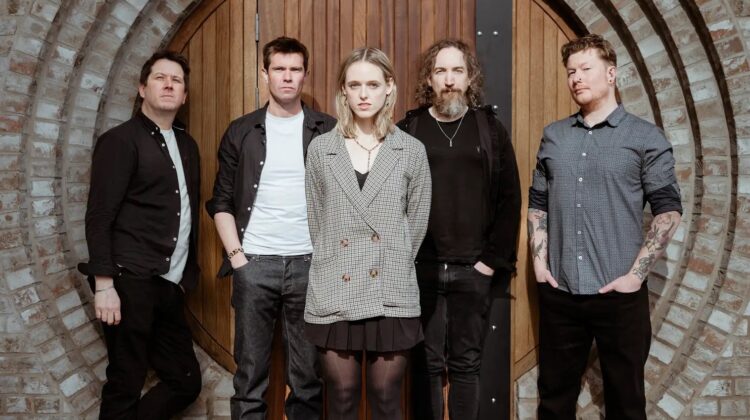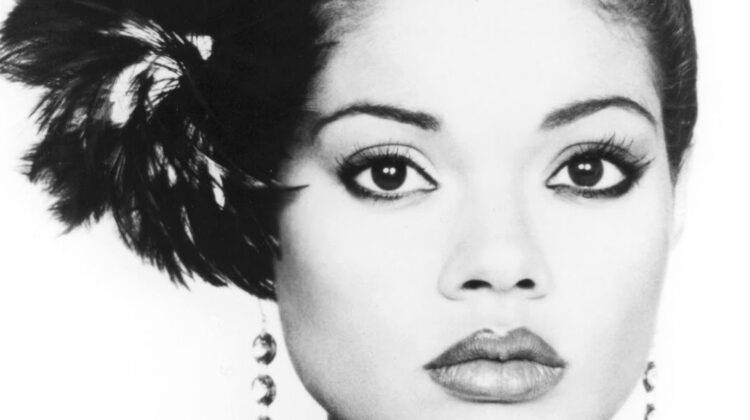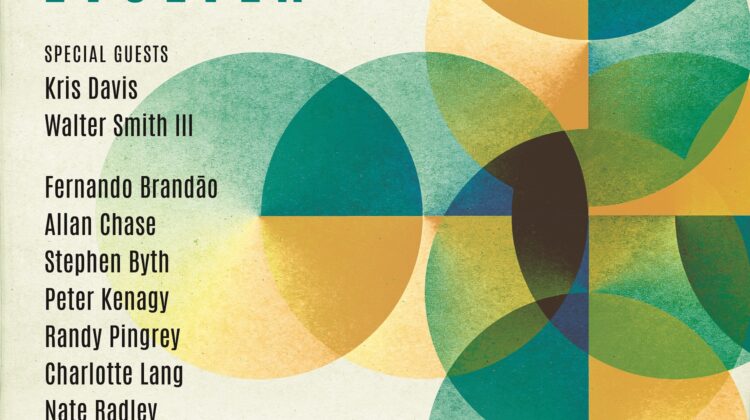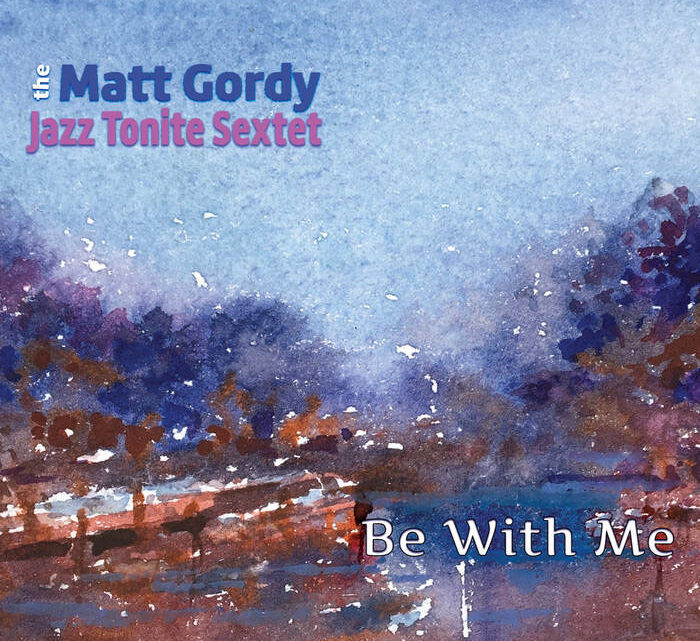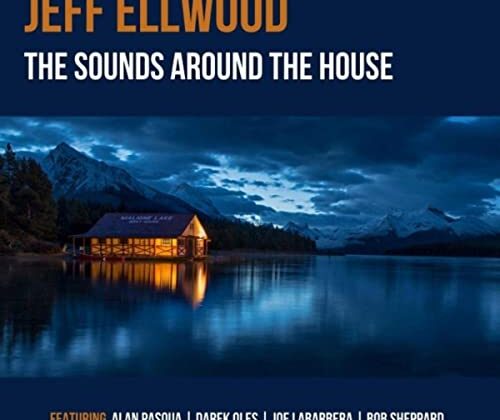One of the most versatile and accomplished drummers you may not have heard of is releasing his first album in 22 years.
But you no doubt have heard him during his musical career. On albums or during concerts with Joni Mitchell, Aretha Franklin, Bill Cunliffe, Thad Jones, and many others.
Having seamlessly contributed for more than forty years to musical groups ranging from ballet to pop, from the Boston Pops Orchestra (under Arthur Fiedler) to rock, from choral groups to Broadway shows, from symphony orchestras to jazz, Gordy’s choice of genre for his new album is jazz. He could just as easily have released, for example, a classical album instead.
But jazz seems to have allowed Gordy the personal expression that he seeks as he dedicates most of the tracks to artists who inspired him. In addition to arranging all of the jazz standards on his album, Be with Me, Gordy wrote three of the tracks. The improvisation, camaraderie and reharmonizations of jazz seemed to allow him the personal freedom to express deeply felt emotions, rather than performing written scores note for note as a component to accomplish a larger orchestral sound.
Gordy moved to Los Angeles in 2006 after years of performing in Boston and Maracaibo, Venezuela, and he quickly settled into the L.A. jazz scene.
Some of the associates he has worked with in Los Angeles, top-notch professionals all, now appear on Be with Me. Ron Stout, who plays trumpet and flugelhorn on the album, has played with a who’s who of jazz bands since the 1980’s, including the Woody Herman Band, the Kenton Alumni Band, Clare Fischer, Bill Holman, and Horace Silver. Jeff Ellwood on tenor and soprano sax, younger but a perfect complement to Gordy’s musical vision, recently released an album that tenor sax listeners should check out, The Sounds around the House, wherein Ellwood’s sounds are shaped with a warm tone and improvisational skill. Ido Meshulam on trombone was born and raised in Israel, but he moved to Los Angeles to study at the Monk Institute at UCLA; he stayed in L.A. after graduation and has played with jazz icons like Herbie Hancock, Wayne Shorter, Kenny Burrell, Jimmy Heath, and John Faddis, and many others. Alan Pasqua of the ringing tone on piano has been a first-call musician in L.A. since the 1990’s, where he performed, with Peter Erskine, Joe Henderson, Tony Williams, Dave Holland, and James Moody, to name a few. Chris Colangelo on bass started his jazz career in Philadelphia but moved to L.A. in 1991, and soon was working with The Tonight Show Band, the Count Basie Orchestra, Yusef Lateef, Bob Brookmeyer, Ernie Watts, and Arturo Sandoval. And then there’s Sherry Williams, a well-known, supremely talented vocalist, who has performed in movies, concerts and recordings since the 1970’s with Debbie Reynolds, Herbie Mann, Roger Kellaway, Patrice Rush, and Harry “Sweets” Edison.
Be with Me mostly is a tribute album, and appropriately, Gordy includes fragments of, or allusions to, well-known jazz phrases in many of his arrangements or in the construction of his new compositions. For example, the delicacy of Gordy’s dedication to his granddaughter, Chloe, not coincidentally depends upon the beauty of Herbie Hancock’s undulating theme below the melody and solos of “Maiden Voyage.” Similarly, the performance of “Be with Me” includes calming, gorgeous solos from Ellwood on tenor saxophone; Stout on flugelhorn; and Pasqua. But the memorable elements are the horns’ rich blends and Gordy’s subdued textures as the legato melody blossoms and the soulful immersion of the soloists delve into the tune’s possibilities for prismatic colors.
Or Gordy’s tribute to Chick Corea may sound familiar, just as Charlie Parker’s “Donna Lee” sounds like “Back Home in Indiana,” because his “Spring Ahead” was written over the changes of Corea’s “Spain.” Similarly, Gordy has composed an entirely different tune with a surge that highlights Gordy’s push as the horns play the composition in unison until its two-note accented ending.
Gordy brings in Williams on the title track as he recalls Joni Mitchell’s Both Sides Now tour in 2001. However, while writing a contrafact as he did with “Spring Ahead,” Gordy bases his melody of “Be with Me” over Mitchell’s “A Case of You” from her acclaimed, memorable, many-timed covered, and emotionally raw, poetic, and honest Blue album. Bringing out the feeling behind each syllable with an authentic understanding of Mitchell’s style, Williams sings with a slow and moving delivery of lyricist Gregg Arthur’s words of love: “Warm sun in the morning / covers me and opens my eyes and / I lay thinking of / every word you whisper.” Even though, in contrast, Mitchell’s lyrics, quoting Shakespeare’s Julius Caesar, expressed more hurt and ambivalence: “Just before our love got lost / You said ‘I am as constant as a northern star’ / And I said, ‘Constantly in the darkness.’” Pasqua’s accompaniment captures Mitchell’s spare piano style as both he and Mitchell chameleonically shift their own musical personalities to recall Mitchell’s.
Likewise, when Gordy honors Oscar Peterson, he breaks apart the Peterson’s solo on the jazz icon’s composition, “Wheatland,” and once again uses portions of the melody to re-construct his own composition. Stout begins the track with the signature three-note phrase, his tone mellow and warm, before Meshulam enters with a “talking-trombone” walking-four solo all the more effective from his use of the plunger mute. The written unison part that follows incorporates Peterson’s phrases into a separate melody over the same changes.
Yet again, Gordy reshapes “You and the Night and the Music” to reflect a Mulgrew Miller improvised solo during a recording of the tune in order to show his respect for Miller’s contributions to jazz. Colangelo eases into the track with a rubato bass solo of Sephardic suggestions until Gordy changes the mood with a faster upbeat eight-bar kickoff before two choruses of the written winding horn section based upon Miller’s recording, the sharp contrast teasing the listener to identify the song. The teasing doesn’t last long. Gordy abruptly speeds up the tempo on the ride cymbal, Pasqua and Colangelo providing the four-note vamp, for a fast statement of the melody when Stout trades the first eight measures with Ellwood on soprano sax playing the bridge. Gordy stretches the melody’s final rise and fall into half and whole notes played in harmony. Remarkable improvisations ensue.
Gordy honors another one of his respected jazz favorites when he adapts Mal Waldron’s “Soul Eyes,” not as a reconstruction of Waldron’s solo, but of McCoy Tyner’s. As if savoring each of Tyner’s musical choices, Gordy has the horns play the legendary pianist’s notes as a slow stroll over his own easy rhythm and Colangelo’s walking bass work. Generously, Gordy drops out so that the Meshulam’s artistry can be appreciated as he improvises solely over the bass accompaniment to capture the song’s beauty that has made it a jazz standard. Ellwood follows on tenor sax at a calming pace, the horns in two-part harmony with spare accompaniment.
Gordy’s original compositions includes “Camouflage,” textured by Gordy’s light tapping on the rim and by Colangelo’s imaginative vamp, which Gordy likens to “What’s Goin’ On.” The horns provide the relaxed, modal, sustained-over-the-bar-line harmonic colors. However, Pasqua’s bright, eloquent solo in the middle of the track is the piece’s highlight, whose improvisation he continues when the horns come in again.
Williams rejoins the sextet for the final track, Bobby Hebb’s “Sunny,” which Gordy arranged so that she can emphasize the song’s final emotions: “Sunny one, oh so true” receiving re-harmonized nudging accents before Williams sings an elongated “true”; and then “I love you” without backup. The horns, with gentle dissonance, accent the word “Sunny” when sung and then balance Williams’ interpretation of “You gave me / Your all and all / Now I feel / Ten feet tall” with a single three-part harmony extended over the four measures.
While Gordy, in demand, has been busy accompanying well-known celebrities, playing in jazz groups, and participating in diverse types of musical groups, such as classical orchestras, Be with Me finally provides the recorded recognition he has deserved.
Artist’s web site: www.Jazztonite.com

